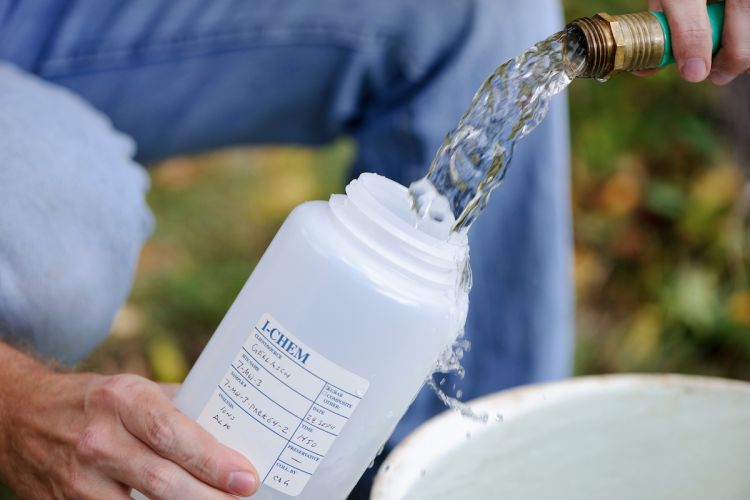"Raw" water is hazardous, not healing


A dangerous trend is catching on in some parts of the country: selling untreated, unsterilized "raw" water as a health supplement.
Joseph McBride, MD, clinical instructor, Infectious Disease, commented on the trend.
"Water-borne illness are a major health problem internationally, and over 300 million deaths annually are due to preventable water-borne illnesses," said Dr. McBride during a television interview.
Water contaminated with pathogenic microbes may appear clear to the naked eye, but can still be hazardous to health, he explained.
The marketing claim that "raw" water is "ten thousand years old" doesn't make anything better, said Dr. McBride. "Germs don't really have a sense of how old the water is that they're living in, and if it's in the right environment and the right situation these germs can flourish."
While many people in Wisconsin do consume well water from natural reservoirs, there are recommendations for screening and to determine whether the acid-base level is correct. Well water is not recommended for people who are immunodeficient, said Dr. McBride. In contrast, municipal water is treated and to ensure decontamination.
Resources:
- "Raw water: Healing or hazardous?," WISC-TV, January 9, 2018
Photo caption: In this file photo, Christopher Gellasch, a Ph.D. candidate in geosciences at the University of Wisconsin-Madison, collects groundwater test samples on Sept. 28, 2011. Gellasch, working with the Wisconsin Geological and Natural History Survey and University of Wisconsin-Extension, is researching how viruses move through underground fractures and a semi-permeable layer of rock to reach the deep aquifer. (Photo by Jeff Miller/UW-Madison)